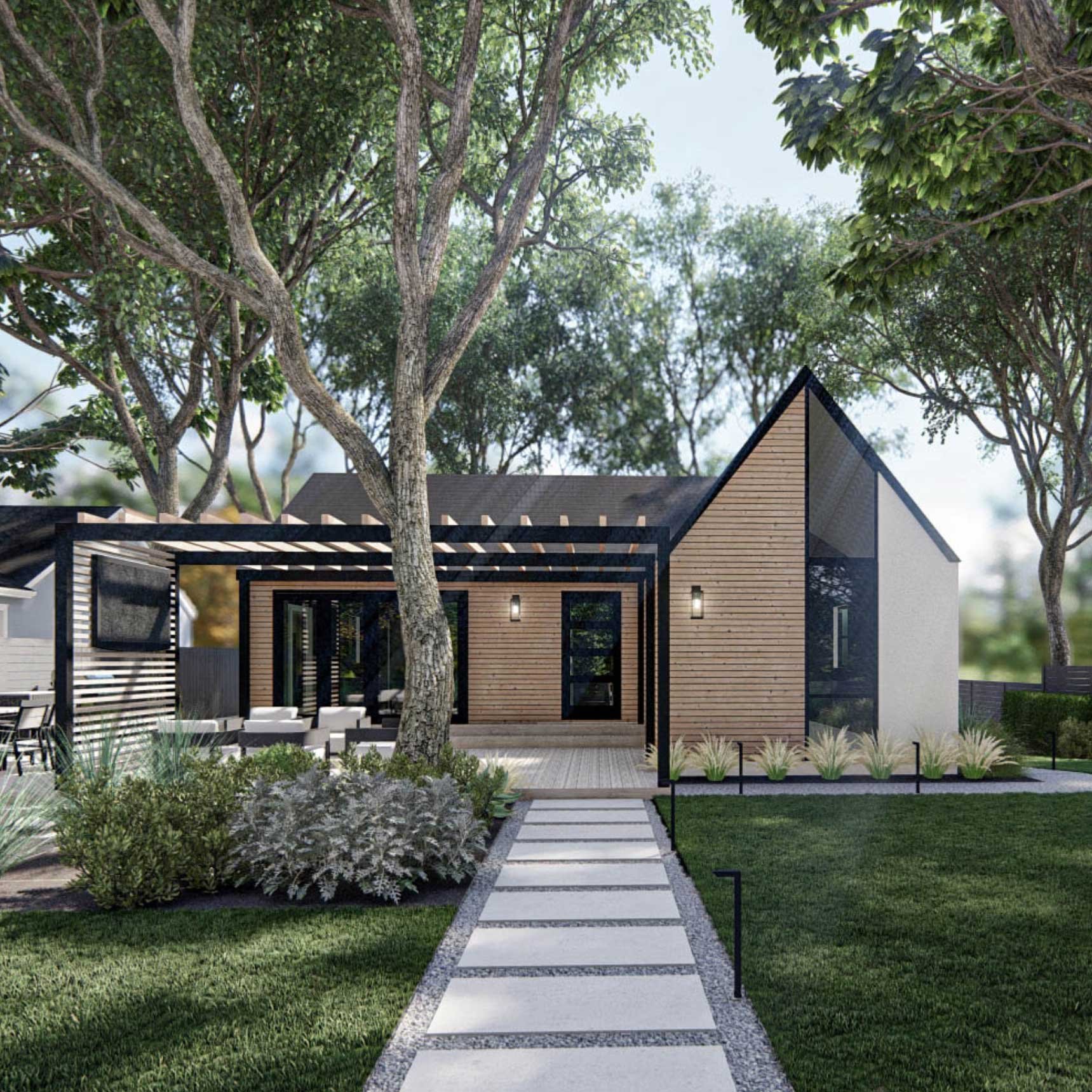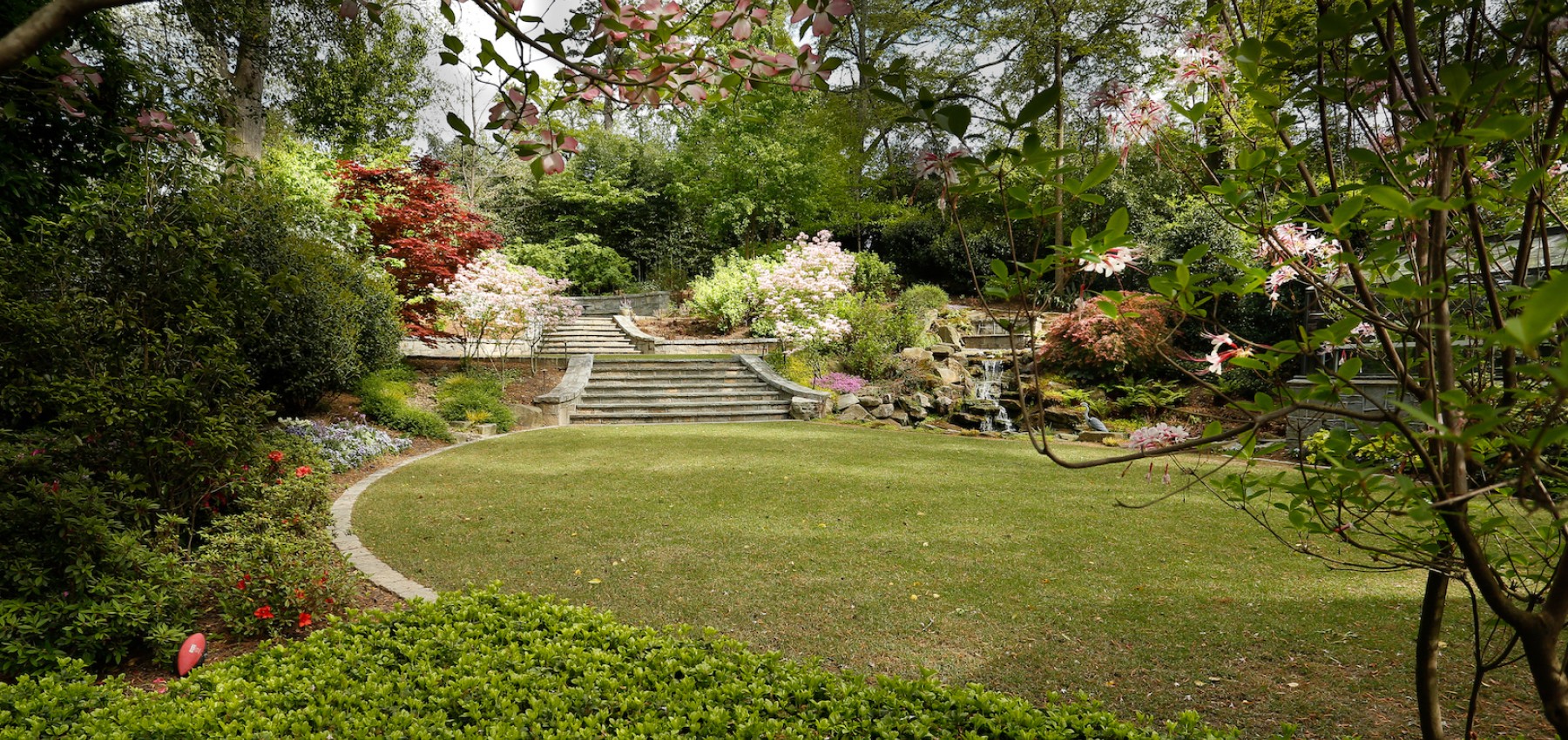Unknown Facts About Landscapers
A Biased View of Landscapers
Table of ContentsSome Known Incorrect Statements About Landscapers Landscapers Things To Know Before You Get ThisThe 3-Minute Rule for LandscapersSome Known Facts About Landscapers.The Basic Principles Of Landscapers
- A tree or bush (hedge) that loses its fallen leaves in wintertime. In the PNW there are semi-deciduous or semi-evergreen plants that might lose their leaves depending on exactly how cool the winter months is. Abelia and some hebe are great examples. Landscapers. - A flat event room, made of wood or composite material (made to appear like timber), usually surrounding or attached to a structure.

- Granite that is weathered to the factor that it is a very fine accumulation. This is an all-natural process, and the outcome can be used for paths and patio areas. Broken down granite is usually referred to as DG. It is particularly helpful in modern-day landscapes. - Trick landscape features being proposed in a landscape style strategy.
Our Landscapers Diaries
These objectives direct the layout procedure, not the designer's style or choices. Typical design purposes in Rose city are low upkeep, drought tolerant, and pet pleasant.
Nevertheless, gradually this layer can get very thick and make it hard for water, sun, and nutrients to obtain to parts of the turf.- The procedure of collecting and regulating the circulation of water on a residential property. This can be made with grading, French drains, completely dry wells, permeable surfaces, sump pump, rainfall gardens, and extra.
Feature at the bottom of hillsides, with natural springtimes, or loaded with hefty clay have one of the most drainage problems.- A slow-moving feeding irrigation system that uses versatile tubes and emitters to send out an accurate amount of water to every plant. This is the most effective approach of irrigating plants. - The capability of a plant to survive without much summer season water.
- A garden function where water is stood for by an accumulated stone product, typically a gravel or granite.- A rock or natural flagstone outdoor patio, path, or pathway developed without a concrete base.
The Buzz on Landscapers
- A rock retaining or totally free standing wall surface built without the usage of mortar. - A below ground framework that accumulate water and enables it to slow percolate into the dirt around it.
Landscape style that is suitable with a websites' setting in both look and sustainability without negative impacts to the setting. Bordering in the landscape is a line of demarcation that creates aesthetic interest in the yard by dividing one segment from one more section.
Areas can additionally sense of imp source "unit" supplied by trees, other plantings, fencings, or displays. The landscape near the access to a structure. A tree, bush or creeping plant, trained to grow on a wall surface or fencing right into a certain pattern. Particularly useful for fruit trees, making it simple to collect the fruit and containing mess.
A plant that is not native to the area where it will be grown. Not all "exotics" are intrusive or hazardous, and several can be well acted or important link dry spell tolerant (Landscapers). A mass planting of ferns. Thicker bladed lawn grass that spread via rhizomes.: The degree of dirt on your residential property before bark dust or garden compost is spread out.
See This Report about Landscapers

The function, reason, or activity that a location is be landscaped for. Stairways work, for instance, to allow foot website traffic backwards and forwards a slope. Area for growing plants for watching, eating, or exercise. A roofed building utilized over an outside gathering room. The sprouting of a seed, probably referring to a grass that is being grown from seed.
Rock item, either rounded or fractured, that is fairly tiny- normally 1" or less. Low plants that are enabled or encouraged to spread over a location. Can refer to any "tough" yard elements including statuary or rocks but a lot of commonly is used Your Domain Name to describe paths, outdoor patios, and walls.: Elevation distinction in between the degree of water in a fish pond (or the degree of the pump if it rests outside the fish pond) and the top outlet of water which influences performance of the water pump in gph (gallons per hour). Thick bushes or trees that develop a fencing, screen, or limit.

An Unbiased View of Landscapers
Standard PNW landscapes are casual. A plant that spreads more than wanted, or into environments where it does damage.
Can consist of head positionings and insurance coverage, pipeline sizing, GPM specifications, and materials required to install this system. Accredited expert who creates landscapes, educated in design and design as well as in cultivation.
The specialist who intends and establishes landscape projects, usually at a domestic or little commercial degree with the significant design impetus on plantings. Landscape developers normally have less schooling than Landscape Architects and are not accredited. A completed landscape style, describing all aspects for the brand-new landscape. This generally takes the form of a drawing theoretically.
A water limited HDPE material used underneath ponds, streams and waterfalls in water functions. Making use of several growings of the exact same range to load in a location in the landscape.